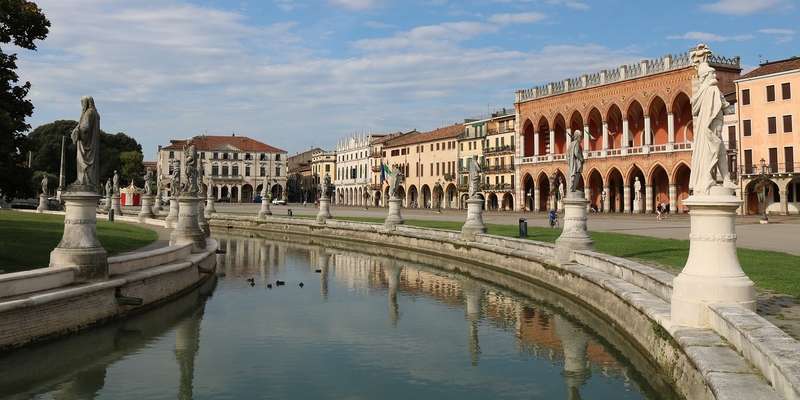- Home
- Useful Tips
- Padua's historic musical...
Music lovers often overlook Padua's extraordinary historic instrument collections, missing one of Italy's best-kept cultural secrets. While 78% of visitors flock to Venice's crowded attractions just 30 minutes away, Padua's meticulously preserved lutes, harpsichords, and Stradivari-style violins await in peaceful, air-conditioned halls. The frustration comes when travelers arrive unprepared – limited opening hours, sporadic guided tour availability, and lack of English information can turn what should be a magical experience into a stressful scramble. For musicians and history buffs especially, these collections represent a priceless connection to Renaissance and Baroque musical traditions, with some instruments still played during special concerts. The right approach transforms your visit from a quick glance into an immersive journey through centuries of craftsmanship and musical innovation.


Navigating Padua's scattered instrument collections without wasting time
Padua's musical treasures hide in three distinct locations, each requiring strategic timing. The Museo degli Strumenti Musicali at Palazzo Liviano houses the university's academic collection, open weekdays but closed during student exams. Across town, the Orto Botanico's music room displays nature-inspired instruments with limited weekend access. Meanwhile, the Cathedral's Sacristy safeguards rare liturgical instruments visible only during guided visits. Smart visitors coordinate around the Cappella degli Scrovegni reservations – pairing your 20-minute fresco viewing with nearby instrument stops creates a seamless cultural circuit. Locals suggest Wednesday mornings when university staff often demonstrate 18th-century wind instruments, or the first Sunday monthly when combined museum tickets become available.
Decoding the must-see masterpieces for non-experts
Facing rooms filled with centuries-old instruments can overwhelm casual visitors. Focus first on the 'Liuteria Padovana' showcase – these locally crafted lutes and violins demonstrate how Padua's humid climate influenced wood selection and varnish formulas. Don't miss the hexagonal spinetta labeled 'Cristofori prototype', a possible precursor to the piano by the instrument's inventor. The collection's crown jewel is the 'Violetta Pomposa', a five-stringed Baroque experiment that nearly became the standard before the violin family dominated. Knowledgeable guards often point out subtle details like the tortoiseshell inlays on Medici-era theorbos or the peculiar 'lion's head' scrolls favored by Venetian makers. These stories transform antique objects into vivid musical history chapters.
Hearing history come alive through special access
While most instruments sit behind glass, Padua offers rare opportunities to experience their sounds. The university's early music department stages quarterly concerts using collection pieces, requiring advance reservations through their cultural office. From June to August, evening courtyard performances feature reproductions of Renaissance instruments played by local conservatory students. For deeper immersion, luthier workshops in the Jewish Quarter demonstrate traditional construction techniques – watch as craftsmen age maple using the same mineral treatments documented in 17th-century guild records. These experiential moments require planning but deliver unforgettable connections to Padua's musical soul.
Staying near Padua's musical heritage district
Choosing accommodation near Piazza dei Signori positions you perfectly for instrument exploration. Several converted 16th-century palazzi now operate as boutique hotels, their thick stone walls creating ideal humidity for displaying replica instruments in lobbies. The area's morning tranquility contrasts with afternoons when students fill cafes – consider scheduling museum visits for post-lunch hours when crowds disperse. Budget-conscious travelers find convent stays surprisingly soundproof, with many offering courtyard concerts during feast days. Wherever you stay, request rooms facing interior courtyards to avoid street noise while remaining steps from the Museo degli Strumenti Musicali's evening openings.



